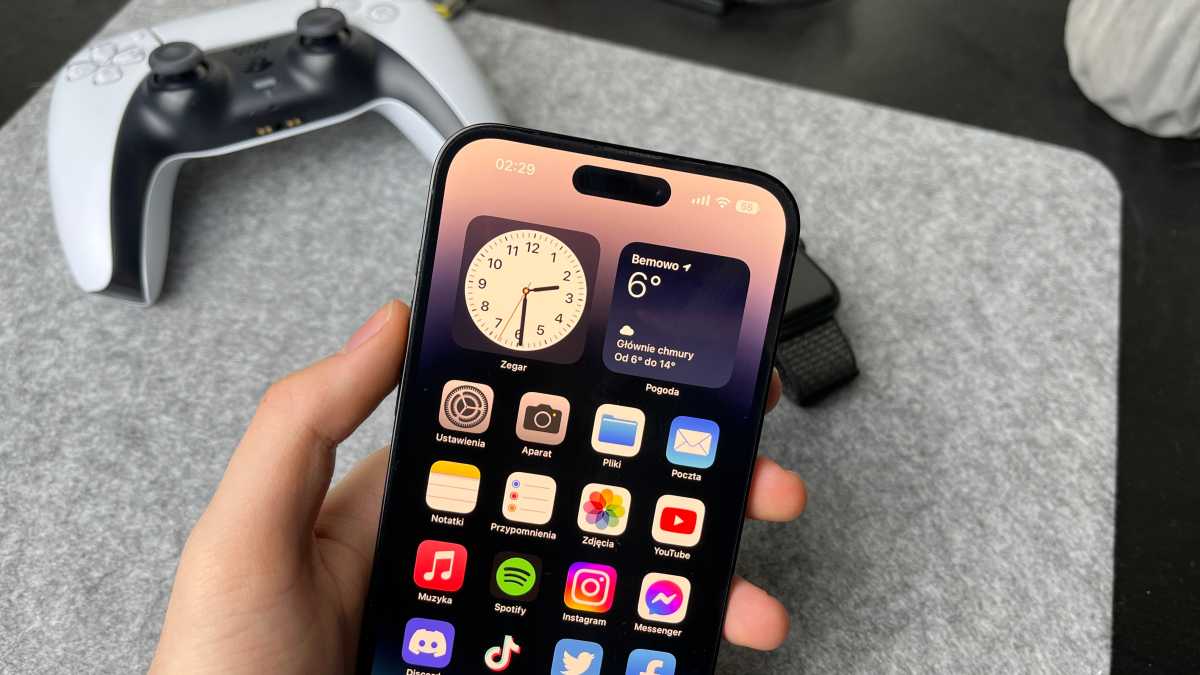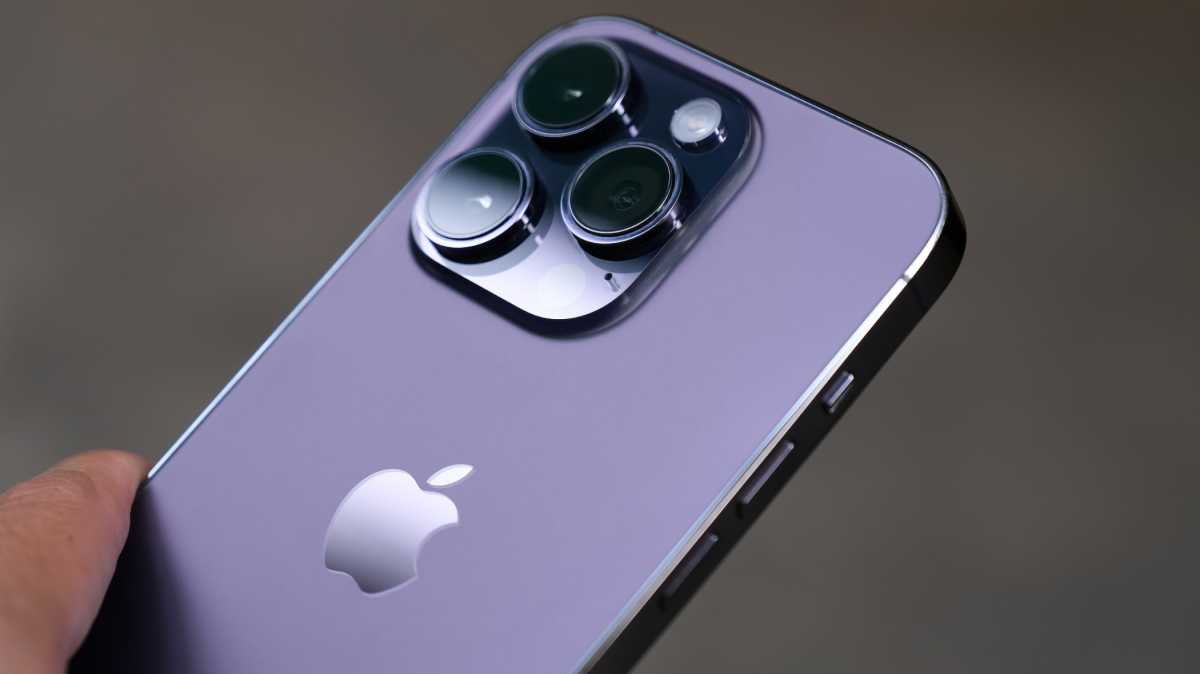The iPhone 16: Essential information you should know.
Macworld
The new iPhone 15 collection has been released, allowing us to begin anticipating the next model, the iPhone 16. It’s important to keep in mind that any speculations or information at this stage may not be completely reliable, as plans can shift and there is ample time for adjustments before the iPhone 16 goes into production.
According to the most active individuals who leak and provide tips, here’s what we can anticipate for the iPhones set to be released in autumn of 2024.
As of 9/19, new details have been included regarding the A17 chip and the telephoto camera on the iPhone 16.
iPhone 16: Release date
The release of new iPhone models is typically announced in September, with shipping beginning a week or two later. In some cases, certain models may be delayed until October due to supply chain limitations.
The usual schedule for the iPhone and Apple Watch presentation is on the second Tuesday of September, specifically on September 12 this year. Therefore, it is expected that the iPhone 16 series will be revealed on Tuesday, September 10, 2024, followed by preorders starting on Friday, September 13, and some models being shipped on September 20.
iPhone 16: Price
The current cost of the iPhone 14 (the latest iPhone series) is as stated:
- iPhone 14: $799/£849
- iPhone 14 Plus: $899/£949
- iPhone 14 Pro: $999/£1,099
- iPhone 14 Pro Max: $1,099/£1,199
There have been speculations that the iPhone 15 Pro Max (possibly named iPhone 15 Ultra) will be priced higher than the current top-of-the-line iPhone. It is also rumored that this price increase may also apply to the smaller iPhone 15 Pro. If this occurs, it is likely that the iPhone 16 will also have a higher price point.
As of now, there is no updated information on the pricing for the iPhone 16 series. Therefore, it is reasonable to expect that it will be priced similarly to the iPhone 15 series unless we receive further updates. This would mean that the standard size iPhone 16 would cost $799 and the larger Plus model would cost $899, while the iPhone 16 Pro could potentially be priced at $1,099 and the iPhone 16 Pro Max at $1,199.

The next generation iPhone, the iPhone 16, is expected to feature a reduced Dynamic Island.
Artur Tomala / Foundry
iPhone 16: Design
Currently, there is limited information available regarding the iPhone 16 series, aside from its expected resemblance to previous iPhone designs. The entire iPhone 15 lineup now includes the Dynamic Island feature, indicating that the pill-shaped cutout will likely also be present on the iPhone 16 models. There are speculations that Apple may have discovered a method to incorporate Face ID sensors beneath the display, potentially resulting in a smaller camera cutout for the iPhone 16 Pro models compared to the standard versions.
According to reports from Ming-Chi Kuo and Ross Young, the display size on the Pro models will be increasing by about 0.2 inches diagonally, resulting in a slightly taller aspect ratio. This means that the iPhone 16 Pro will now have a 6.27-inch display and the Pro Max will have a 6.86-inch display, an increase from the previous sizes of 6.12 and 6.69 inches. The larger size is said to be necessary to accommodate advanced camera technology, while also providing a slightly larger display area.
When it comes to the camera, anticipate a bigger camera setup on the iPhone 16 Pro versions because of the addition of a periscope super-zoom telephoto lens and other innovative camera technology.
The initial plan for the iPhone 15 Pro was to include revolutionary solid-state buttons, but recent speculation indicates that they may not be prepared in time and will likely debut on the iPhone 16 Pro instead. However, it is still anticipated that all iPhone 15 Pro models will have an Action button replacing the mute switch, with the feature expanding to all iPhone 16 models in 2024.

The potential iPhone 16 may feature a larger camera setup.
Thai Nguyen/Unsplash
The iPhone 16 boasts impressive specs and features.
The release of a new iPhone also brings a new A-series processor, and it is expected that this trend will continue in the upcoming year. The A18 Pro processor is likely to be featured in the iPhone 16 Pro, while the non-Pro versions of the iPhone 16 may use a modified version of the A17 Pro, which was introduced in the iPhone 15 Pro. It is too soon to make predictions about the capabilities and speed of next year’s chip, but it is unlikely that the non-Pro iPhones will have the same high-end chip as this year’s model.
According to a report on 9to5Mac, it appears that Apple plans to incorporate Sony’s new stacked CMOS image sensor technology in their 2023 iPhone 16 Pro models. This advancement should result in improved low-light sensitivity for the sensors. Furthermore, it has been reported by Ming-Chi Kuo in September 2023 that the smaller iPhone 16 Pro will also feature the periscope camera currently found in the iPhone 15 Pro Max.
According to a report by MacRumors, a reliable Weibo account has revealed that the upcoming iPhone 16 Ultra (or its equivalent high-end model) may have the capability to take Spatial Photos and Videos, specifically designed for viewing on Apple Vision Pro. This feature was previously introduced for video recording on the iPhone 15 Pro, so it is likely that Apple will extend it to photos on the iPhone 16 Pro.
Apple has been hard at work on its own wireless chips for years, and even Qualcomm’s CEO expects Apple to use its own 5G modems starting in 2024. Obviously, this is contingent on continued successful development and testing, which has been a challenge for Apple and every other company trying to make top-tier 5G technology.
Furthermore, the iPhone is anticipated to have Wi-Fi 7 capabilities by the autumn of 2024. While Wi-Fi 6E is only being introduced this year, there are currently several Android devices equipped with Wi-Fi 7. It would be atypical for Apple to be two years behind in technology, considering the potential delay until the release of the iPhone 17 in 2025.
The upcoming iPhone 16 series will utilize USB-C for charging and wired connections instead of the Lightning port. This change was first implemented with the iPhone 15 and Apple does not plan to reverse it. Previous speculations of Apple creating a completely port-less iPhone seem to have dissipated.

